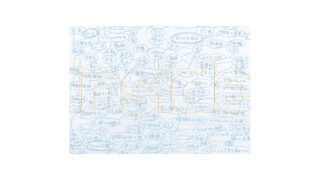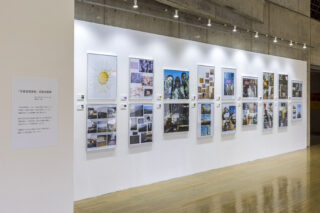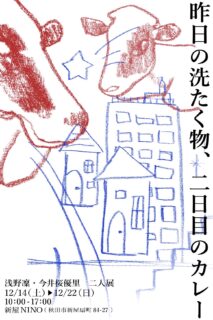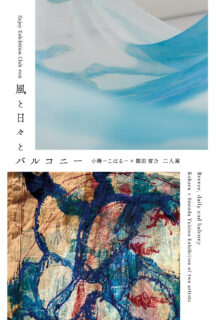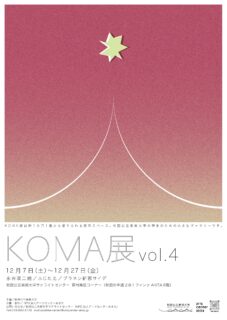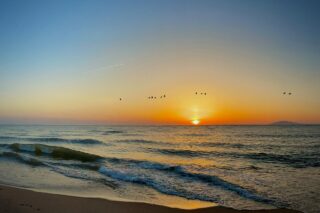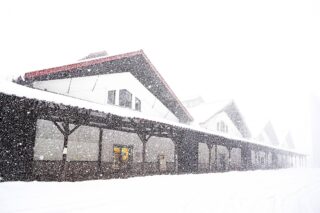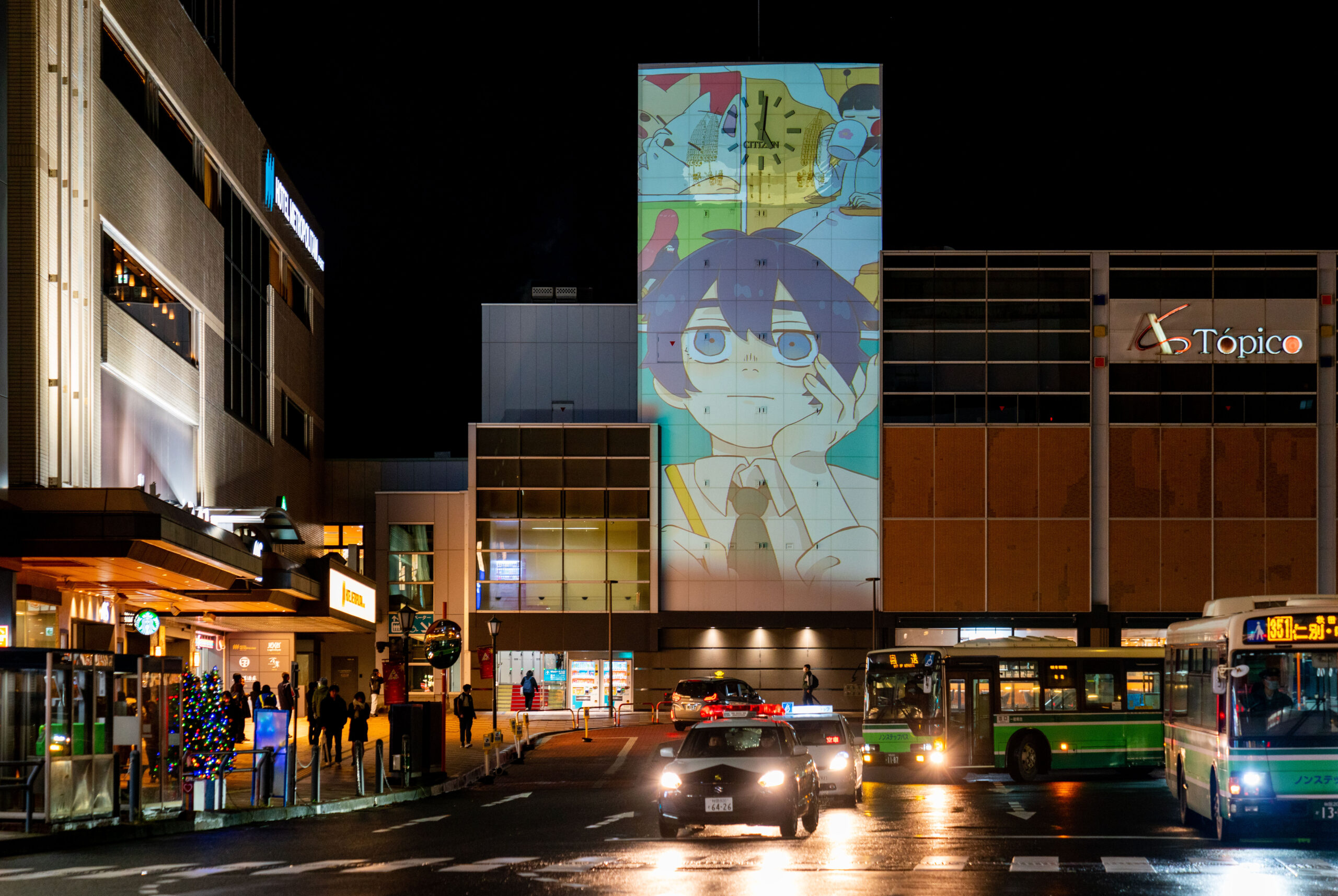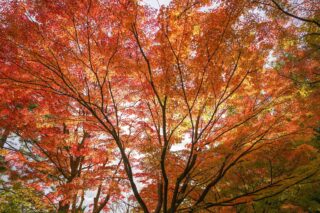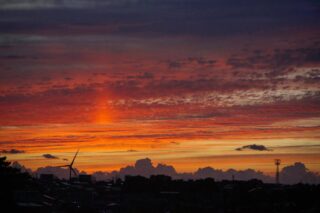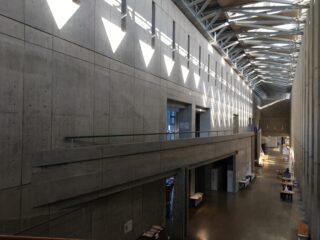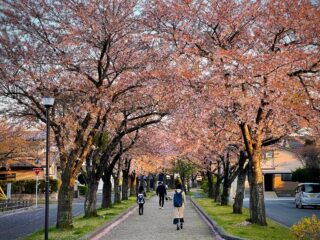- Q1. Do I need to speak Japanese to study at AUA?
- At this time, AUA only offers classes taught in Japanese, therefore a high level of Japanese will be necessary for study at AUA. While we do not currently require potential students to provide specific qualifications (for example, Japanese Language Proficiency Test results), in principle students’ Japanese ability must be at a level which enables them to fully understand and engage in university-level lectures and classwork.
- Q2. What is the area around campus like?
- The campus is located in Araya district, which is in the western part of Akita City (pop. 300,000), about 20 minutes from downtown by car. The campus lies along the western bank of the Omono River, the biggest river in the prefecture, within walking distance of Araya Beach and the Sea of Japan. Araya is a very peaceful area, surrounded by water and greenery, which makes it an ideal place for living, studying and creating.
- Q3. Is there student housing available on campus? Can you help me get set up with an apartment?
- There is no dormitory on campus, but there are many apartments in the Araya district. Over half our students come from outside Akita Prefecture, and roughly 80% of all students live in an apartment or boarding house in Araya. Please contact the Student Affairs Division for information on housing – please note however that we cannot directly arrange your apartment or mediate on your behalf. The standard (one-bedroom) apartment is usually about 9-15 sqm. in size, and includes a kitchen, bath and separate bathroom. In the Araya area, the monthly rent is typically between 40,000-50,000 yen. This does not include other supplementary fees such as “key money”, security deposits, etc., which can be equivalent to 1-2 months’ rent.
- Q4. Where can I go if I have questions about my health?
- The nurse’s office is located on the 1st floor of Lecture Building A. For language assistance, please contact the International Exchange Center (2nd Floor of Administrative Building, TEL. 018-888-8478).
- Q5. Does AUA have any clubs that I can join?
- AUA has many student groups involved in both athletic and cultural activities. For details, please see the “Clubs & Student Groups” page. To join a student group, please contact the group’s student representative or the Student Affairs Division.
- Q6. Am I allowed to use the computer labs?
- There are 5 computer labs, all of which are open to students when not otherwise being used for lectures. Please confirm each room’s schedule beforehand.
- Q7. What is the class schedule like?
- The undergraduate school follows a 5-period class timetable. Class times are as follows:
1st period 8:50~10:20
2nd period 10:30~12:00
3rd period 12:50~14:20
4th period 14:30~16:00
5th period 16:10~17:40 - Q8. Where can I go if I have concerns about school or daily life?
- Students are free to visit faculty during office hours to discuss academic issues, while counseling (in Japanese) is available for mental health concerns. Please contact the AUA Harassment Prevention Committee for concerns related to harassment of any form.
- Q9. Can I come to school by bike? By moped or motorcycle? By car?
- Students are free to use bicycles to commute to/from school; however, prior notification is required if you intend to use a moped or motorcycle. Since parking is limited, students are generally not permitted to drive to school except under special circumstances.
- Q10. Is there WiFi on-campus?
- WiFi is available in the lecture buildings/atrium, cafeteria and library.
- Q11. What’s the weather like in Akita (especially the winters)?
- Akita City’s location on the northwest coast of the island of Honshu means it can get some of the heaviest snowfall in all of Japan, with temperatures in January and February averaging around -1°C. If you are from a warmer climate, the cold might take some getting used to, but winter really isn’t so scary. Winter sports like skiing and snowboarding are very popular in Akita, so take a group of friends and make the most of it. And remember: your classroom will always be nice and warm!
- Q12. Should I bring my computer to class? What about art supplies?
- The classes you take will determine what you need to prepare. We recommend you consult your teachers directly.
- Q13. Is there a doctor’s office nearby?
- There are several private clinics around the university, including ophthalmologist and dentist offices. Additionally, the Municipal Akita General Hospital is about 10 minutes away by car. To go by bus, first walk to the Motomachi (元町) bus stop, then take the Araya Nishi Line 720 bound for Akita Station West Exit (秋田駅西口行き), and get off at the City Hospital West Entrance (市立病院西口) stop. For bus times, please consult the Akita Chuo Kotsu website (Japanese): http://www.akita-chuoukotsu.co.jp/index.html#
- Q14. Is there someplace where I can work on my art outside of class?
- Dedicated studio buildings for students are located behind the lecture buildings and adjacent to Akita University of Art High School. Students can work on class assignments or their own projects.
- Q15. Will it be hard for me to make friends here? Are there any events where I can meet people outside of class?
- The AUA Student Association hosts a number of events throughout the year, including welcome parties for freshman in April and May, a sports festival in June, and the school festival in September, all of which are great places to meet new people and get to know your classmates.
- Q16. Are there any museums close to campus?
- In Akita City, there are a number of museums, including the Akita Museum of Art, the Akita Senshu Museum of Art (Kenzo Okada Memorial), the Red Brick Museum (a historical building and former headquarters of Akita Bank), and the Akita Prefectural Museum. AUA students can get year-long passes for free entry to all exhibitions at the Akita Senshu Museum of Art, and exhibitions hosted or jointly hosted by the Akita Museum of Art. Please ask the Student Affairs Division for details.


